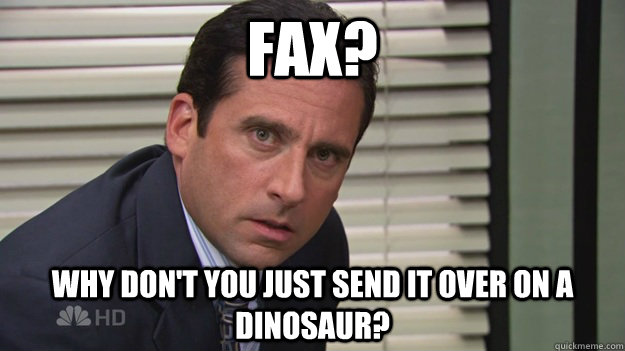The physical “race bag” is the fax machine of sponsor promotion. It still works and some people still keep them around, but the forces of change have rendered it obsolete.
So what happened to the old fashioned “race bag?” First, a quick history lesson. The “race bag” likely began by a combination of three factors:
- Event participants were picking up their bib, timing chip (remember those?) and tee shirt prior to the event. A brand or local merchant was willing to provide bags to the event in return for advertising their logo on the bag.
- Local merchants wanted to promote their business to runners, so they requested to place coupons and other promotions in the bags.
- Consumer packaged goods companies focused heavily on sampling to promote their product. Events with bags became a natural source for sampling.
These conditions collided to provide running events with a “goody bag ” that often contained:
- Flyers or discount coupons from sponsors or other companies
- Race applications from other races
- The official race program
- Small gift items such as toiletries
- Food items like energy bars or gels
- Last minute instructions from the race
- Something valuable and useful, like a pair of gloves or a cap or visor
So what changed to bring about the slow demise of the race bag? Two forces:
The Running Boom(s)
In 1977 (the inaugural year), the Chicago Marathon had 4,200 participants, making it the largest marathon in the world. In 2014, there were over FORTY FIVE THOUSAND participants, making it the 2nd largest marathon in the world.
In addition to the explosion in the size of races, the number of races also exploded. Running USA estimates that there are now over 26,000 running events in the U.S. Do the math, that’s 5 events every weekend in every one of the top 100 DMAs in the U.S. (for reference, Birmingham, AL is #100 with a population of over 225,000).
For consumer packaged goods companies, it became impossible to provide samples to 26,000 running events with over 16 million participants. In addition, the rapid growth of data-driven sampling opportunities has made the “spray and pray” method of sampling much less compelling (see below).
The Internet
In less than twenty years, the Internet has destroyed once lucrative, print-based business models. Consider the plight of classified ads in newspapers and yellow page directories. While the death of paper coupons is happening more slowly, very few businesses, especially local businesses, continue to utilize this method of marketing, turning instead to the web, email, social media and loyalty programs.
So what’s left to include in the physical “race bag?” Let’s revisit the list from above:
Flyers or discount coupons from sponsors or other companiesRace applications from other racesThe official race programSmall gift items such as toiletriesFood items like energy bars or gelsLast minute instructions from the raceSomething valuable and useful, like a pair of gloves or a cap or visor
So now what does an event organizer do? There are two alternatives:
- Eliminate the race bag
- Provide a digital race bag
Going Digital
We are often asked by event organizers, especially those of endurance events, about how participants respond to the “race bag” going digital. First, the facts:
- 65% (or more) of an event’s participants will visit the event’s Virtual Event Bag
- They return 2x – 3x on average over the period before and after the event
- Nearly 60% engage with one or more sponsor messages or promotions
Can a physical bag do this? Um … no.
A digital race bag provides an event the opportunity to deliver what every sponsor is seeking. An efficient, effective, direct method of reaching the event’s audience.
Sponsors provide the support necessary to allow event organizers to deliver a high-quality event experience to participants. So the promotions from these sponsors are part of the value exchange between organizers, sponsors and participants.
The Participant Experience
As revealed in the stats above, participants are actively engaged with digital bags. There will always be an an outspoken minority who long for a ‘goody bag’ that has physical items, but as we now know, those bags are becoming a relic of the past.
One valid point we hear from participants is that they often forget about the special offers provided by sponsors in digital bags. This will soon change as tools like Apple Wallet and Android Pay make it easy to save digital coupons or offers in one place that is with you always … your smartphone.
Special thanks to our friend Dave McGillivary, Race Director of the Boston Marathon, who inspired this post with his recent article on Runner’s World.
If you are an event organizer and would like to learn why more than 1,000 events across the globe are using Virtual Event Bags as part of their sponsorship program, please visit our website or contact us to learn more.
